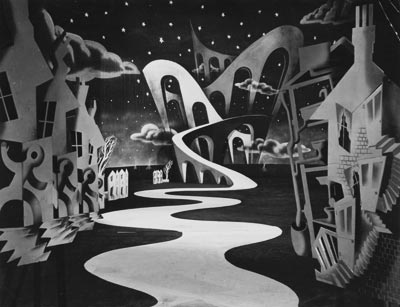Psychoanalytic Theory:Sigmund Freud At the turn of the 20th century, Sigmund Freud was developing the first modern approach to Psychology in his innovative Psychoanalytic theory. In his book The Interpretation of Dreams, literally translated dream-reading, Freud’s original argument held that all dreams, and their intermittent content, were a type of subconscious wish fulfillment that could be understood or interpreted relative to the preceding day’s events, or the ‘dream day.’ The basis for this theory was his claim that it was evident adolescents always engaged in this manner of dreaming. In adults, however, interpretation was considered much more complicated as they become distorted. The direct imagery characteristic of adult dreams, or ‘manifest content,’ was merely a cleverly disguised derivative of the true subconscious desires at the basis of the dream, termed ‘latent content.’ The significance of adult dreams is therefore hidden and unclear to the dreamer themselves.
|
 Dreams and the Super-Ego
Dreams and the Super-Ego
Freud used the term ‘dream work’ to describe the distorting processes the mind engages in due to the super-ego’s repression of the id. This dream work is the force that causes the discrepancy between the manifest and latent content of adult dreams. The only means to interpret the dream’s true nature, then, is through the reversal of these mechanisms in an attempt to discover the latent content.
|
 Mechanisms of Dream Work:
Mechanisms of Dream Work:
|
 Freud and Nightmares
Freud and Nightmares
Freud argued that nightmares, or other anxiety producing dreams, were the direct result of malfunction within the dream work. These typically occur when the repressed desires of the id are too powerful and insufficiently disguised. With the dream work’s failure the ego becomes aware of the presence of these repressed desires. The ego then reacts to this awareness through fearful cognition and physiological stress (i.e. increased heart rate or sweating) in an attempt to break the sleep cycle, waking the dreamer in order to prevent the repressed desires from entering the consciousness of the ego and maintaining equilibrium. Freud made a distinction between these nightmares and another type of anxiety producing dream, which he called traumatic dreams. A traumatic dream is the vivid reliving of an upsetting experience of the past. Such dreams are an exception to Freud’s theory of wish representation as he believed the traumatic dream was the mind’s attempt at forcing repressed disturbances into consciousness. |